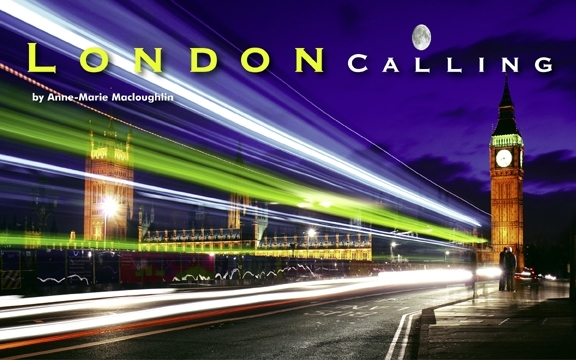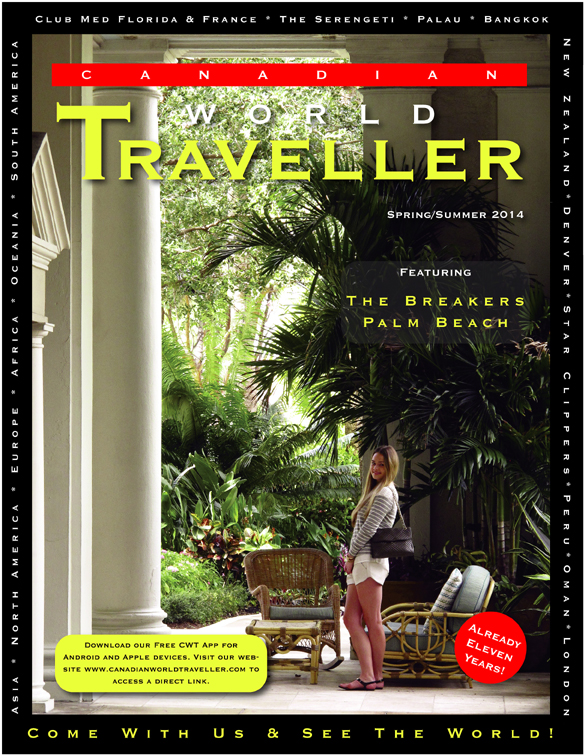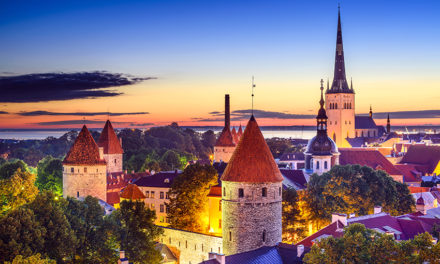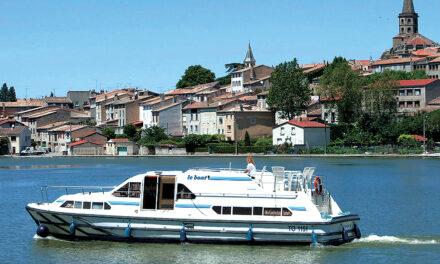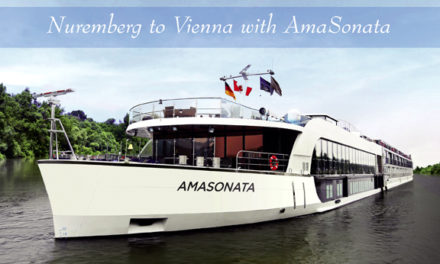London Calling
by Anne-Marie Macloughlin

“Why, Sir, you find no man, at all intellectual, who is willing to leave London. No, Sir, when a man is tired of London, he is tired of life, for there is in London, all that life can afford.”
Samuel Johnson
So goes the famous quote by Dr. Johnson, oft-repeated and discussed. But what of it? In a recent survey of Europe’s Top Ten Most Expensive cities, Britain’s Daily Mail newspaper online (dailymail.co.uk), ranks London second only to Oslo.
When I see lists such as these featuring my hometown, I find myself sputtering, ‘It’s not that bad!’, memories of cheap evenings out, bargain outfits and Twilight Teaser lipstick from Boots the Chemist (it was the 80’s), at odds with these stats.
Back in London for a Doctor Who convention this past November (don’t judge), I decided to retrace my steps from back in the day, and see for myself.
Transit
Arriving at Heathrow Airport at the pleasant hour of 6am, I sought options for travelling into central London. Leaving customs, I was approached by a perky chap with portable ticket machine, selling tickets to Paddington on the Heathrow Express. £20 one-way or £34 return, at a mere 15 minutes versus a 45 minute commute on the Underground (aka the Tube), it was money well-spent.
Fares vary according to zones, time of day, and journey taken, the cheapest option usually being a one-day travelcard – unlimited journeys on all London Underground, Buses, Docklands Light Rail, and National Rail Services within zones 1 – 6. Issued after 930am (after rush hout), they are a great option for this sprawling metropolis, with its vast network of buses, tubes, and trains. Remember to have your ticket ready at both ends, as you need to ‘swipe’ out too; although polite, commuters get frustrated with a bottleneck of baffled tourists at the sometimes very small exits.
Shopping
Luggage deposited, I headed to my first stop – Covent Garden Market. A settlement has existed in the Covent Garden area since Roman times. Originally named Convent Garden, the name dates back to the 13th century and the reign of King John. The market was the kitchen garden for the convent (abbey) of St. Peter at Westminster. Since that day, the market has been linked with images of fresh fruit and veg.
Beautifully adorned for Xmas, you would be hard put to find either monks or fresh produce these days. The 21st century market sells mostly tourist-centric items, including reasonably-priced T’s, old-fashioned sweets, and upscale arts & crafts. Jubilee Hall, the covered market, has a varied line up.
On Mondays, it’s Antiques; Tuesday-Friday, clothing and household goods, at the weekend, arts and crafts. The huge Xmas tree on the piazza was as I remembered it, understated in its demure red bow, not a flash of neon in sight. The monks would have approved.
Hopping on the bus along The Strand, I headed past Trafalgar Square and the lions, up to Piccadilly Circus – where Eros was looking a little different than I remembered…..The famous statue (actually Anteros, Eros’s brother) is currently enveloped in half a tonne of heavy-duty puncture-proof PVC making it –at 30 ft across – the world’s biggest snow globe. Although, bow drawn for all time, Eros/Anteros looks to be doing his best to pierce his (to some) trashy new prison.
Across the way, is THE go-to store for all things British, kitschy and cheap, if it’s souvenirs you’re after. Cool Britannia (coolbritannia.com for locations) is a one-stop shop for those with a long list of friends and family to buy for. Entering the store, you can’t miss the union jack Mini Cooper, a la Austin Powers, and the (he assured me) authentic Horse Guard, complete with ‘Bearskin’ hat.
Fridge magnets, posters, tea towels and more assault the senses, priced for all wallets and tastes (or lack thereof). I settled on a selection of ‘Keep Calm…’ buttons and magnets, some displaying the British fondness for profanity, others the more traditional exhortation to ‘Carry On’. Originally a motivational poster put out by the Government in 1939, it was designed to boost morale during the second world war. Ironically, since being rediscovered and adopted in the 21st century on all manner of merchandise, it has reached a far wider audience in peacetime.
For the savvy clothes shopper, check out Primark (primark.com). With a huge store opposite Selfridges Oxford Street, a more distinguished fixture and famous for its Xmas windows, be prepared to shoulder your way through packed aisles and join a (constantly) long and winding queue.
Packages of socks will set you back around £2, flirty party dresses from a mere £5, shoes starting at around £10. The store also carries lingerie, toiletries, sweets, and cosmetics. The check-out system is so efficient, the point of sale items so entertaining (thermal socks with pig faces amongst other oddities), you won’t feel as if you’re in the world’s longest line-up. Derided by some, it is nonetheless a great place to pick up some cheap basics. Like those pig socks you’ve always wanted.
Crossing an always-bustling Oxford Street to check out the Selfridges Xmas windows, I was reminded again of how narrow it is for such a famous thoroughfare. I also had to stop and think which way to look. The streets have been helpfully marked for out of towners (and expats) unfamiliar with left-hand driving, to avoid any mishaps.
Opened in 1909, Selfridges was founded by an American, Harry Gordon Selfridge, and is currently owned by British-Canadian Galen Weston Sr., who allegedly paid over 500 million dollars for the privilege. The Xmas windows have always been a regular crowd-pleaser, attracting locals and tourists alike. Disappointingly, this year’s offerings seemed tame compared to the ones I remembered. Other than an oversized gingerbread house, the others seemed no more than feeble product plugs including a large running shoe and several washing lines strung with Nutcracker boxer shorts (there’s a pun in there somewhere).
Eating Out
Wrangling the crowds can be taxing. Narrow pavements, traffic jams and confused visitors can fatigue even the most dedicated sightseer. London has a vast amount of choices when it comes to snacks on the run, sit-down restaurants, and of course, the Great British Pub. Having given up on the bus I’d just boarded moving anytime soon, I took a detour on foot from Oxford Circus through the back streets, to probably one of the most famous streets in London – Carnaby Street.
The ‘it’ spot for sixties fashionistas, Carnaby Street remains a bustling pedestrian hub and historical landmark. All shopped out, I sought sustenance at a nearby Pret a Manger, London’s popular chain of fast food restaurants. Patrons may dine in (for a few pounds more) or take out a splendid variety of sandwiches, soups, salads, and beverages. Good food, good prices, and charming service, make Pret a favourite amongst Londoners.
A stone’s throw away, is the Shakespeare’s Head public house. Built in 1735, it was owned by distant relatives of the bard. Look up and you may spot the lifesize bust of the famous man, which sadly lost a hand during WW1 when a bomb dropped nearby. What better place to sup on a pint of ale and wax poetic.
So what was my conclusion about London’s high ranking as an expensive place to visit? Like anywhere else, there are options for many budgets, with a little research and maybe some advice from the locals. I didn’t make it to any this time, but the museums are mostly free. It costs nothing to stroll along the Thames, admire the Houses of Parliament, wander the vast food hall of Harrods, watch the Changing of the Guard at Buckingham Palace, or see where the Great Fire of London started.
I may be biased, but I’m not quite tired of London yet.

